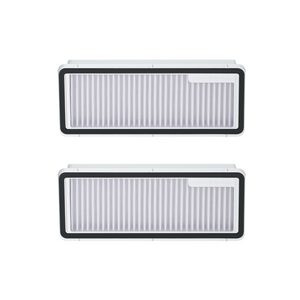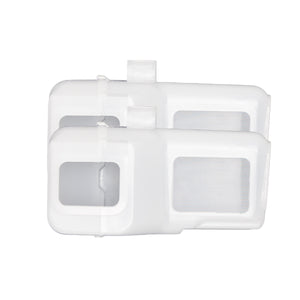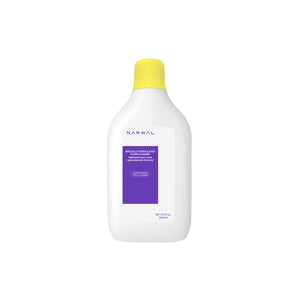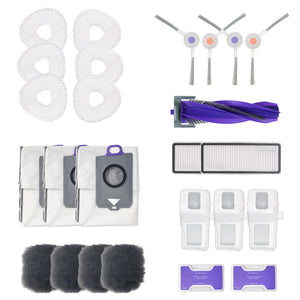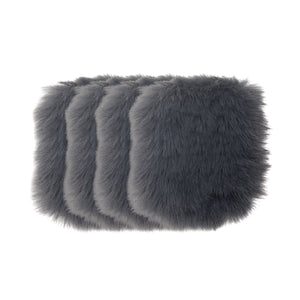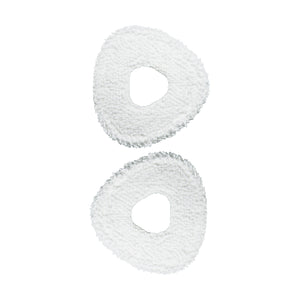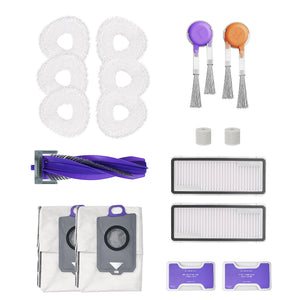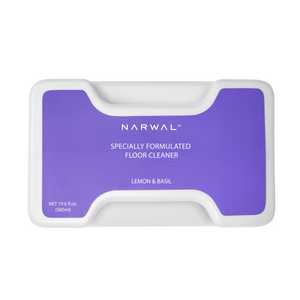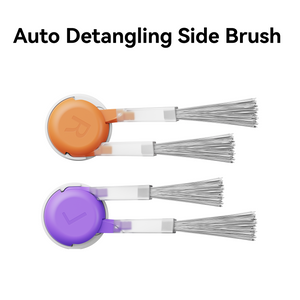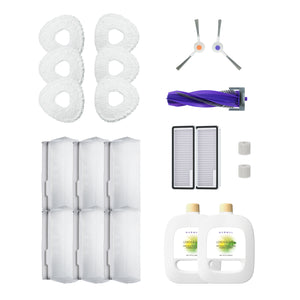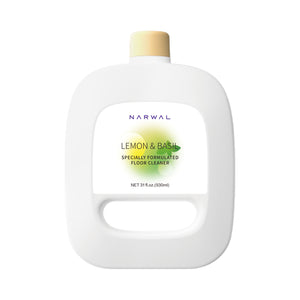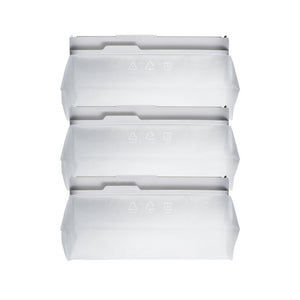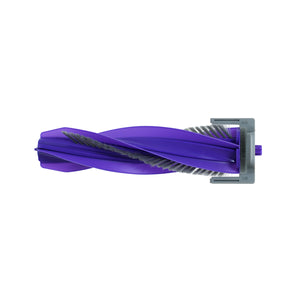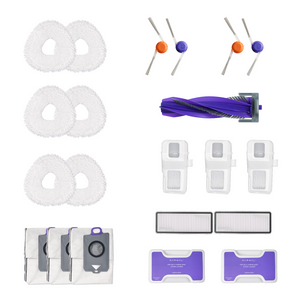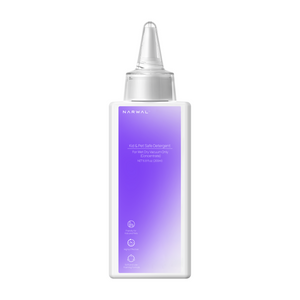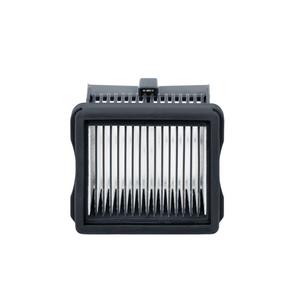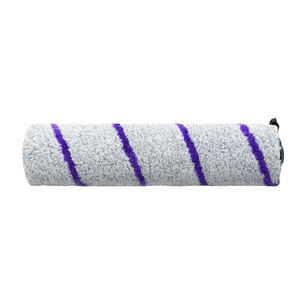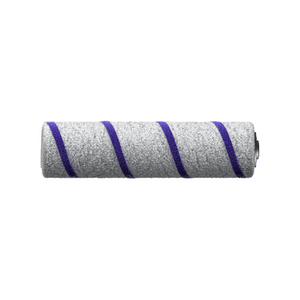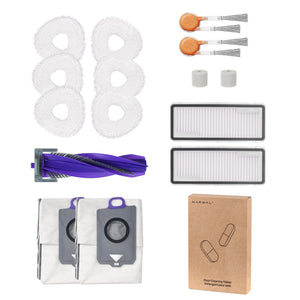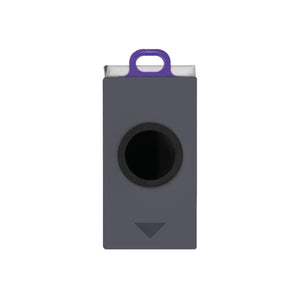Most vacuums list suction power in air watts or pascals—but those numbers alone won’t tell you how well a vacuum actually cleans. Real performance depends on how suction works with airflow, brush design, and filtration. Without the right balance, even high suction can underperform.
This guide breaks down what suction power really means. You’ll understand how to match suction to real-world cleaning needs, avoid common buying mistakes, and choose a vacuum that fits your space and habits. Along the way, we’ll highlight what separates powerful vacuums from truly effective ones, and how to keep yours performing at its best.
What Does Suction Power Mean in a Vacuum Cleaner?
Suction power in a vacuum cleaner means how strongly it can pull in dirt and debris through the nozzle.
In this section, we’ll explain the difference between suction and airflow, clarify what units like AW, Pa, and kPa actually mean, and help you decide whether higher suction always leads to better cleaning.
Difference Between Suction and Airflow
Suction is the force that pulls dirt into your vacuum. Airflow is how much air moves through the machine while it’s running. These two things work together, but they’re not the same.
Think of it this way: suction is like the strength of a person pulling a rope, and airflow is how quickly they can pull the rope through a pipe. A vacuum with strong suction but poor airflow might lift dirt but struggle to move it all the way into the dustbin. Good cleaning needs both.
If your vacuum struggles to pick up fine dust or hair, airflow might be the missing piece—not suction power alone.
Does Higher Suction Always Mean Better Cleaning?
Not always. It depends on where and how you clean.
High suction is useful on thick carpets or for homes with pets. But on hard floors or delicate rugs, too much suction can be overkill—it might even pull the rug up or make the vacuum harder to move. Also, more suction usually means more noise and power use.
What really matters is how well the vacuum balances suction with airflow, brush design, and filters. A well-designed vacuum with moderate suction can outperform a high-suction one with poor airflow.
So instead of just chasing big numbers, look for a vacuum that matches your cleaning needs.
What’s the Difference Between Pa, AW, and kPa?
Vacuum suction is shown using different units. The most common are Pa (Pascals), AW (Air Watts), and kPa (Kilopascals). Each one tells you something different.
Pa (Pascals): This shows suction pressure. Robot vacuums usually use Pa. A higher Pa means stronger suction.
AW (Air Watts): This shows how well the vacuum turns power into suction and airflow. It’s common in upright and cordless vacuums.
kPa (Kilopascals): This is another way to show pressure. 1 kPa equals 1,000 Pa. Some brands use kPa to make suction numbers look higher.
Suction Power Comparison Chart
|
Unit |
Typical Range |
About the Same As |
Common Use |
|
Pa |
2,000–15,000 |
— |
Robot vacuums |
|
AW |
100–300 |
1 AW ≈ 50–100 Pa |
Upright and stick vacuums |
|
kPa |
2–15 |
1 kPa = 1,000 Pa |
Labels and marketing |
Tip: You don’t need to compare these numbers directly. Just check which unit your vacuum uses and focus on how well it fits your cleaning needs.
Suction Power Chart by Floor Type and Use Case
Not sure how much suction you need for your floors? This chart shows the best vacuum power (in Pa and AW) based on the type of surface and cleaning needs. It helps you match suction strength to real-world situations—like cleaning thick carpets, pet hair, or hardwood.
Use this guide when comparing different vacuums to see if they offer enough power for your home setup.
|
Surface / Use Case |
Recommended Suction Power |
Pa / AW Range |
|
Hard Floors (Wood, Tile) |
Light suction needed |
2,000–3,000 Pa / 100–150 AW |
|
Low-Pile Carpet |
Moderate suction |
4,000–6,000 Pa / 180–250 AW |
|
High-Pile Carpet |
High suction + strong airflow |
6,000–8,000 Pa / 250–300 AW |
|
Pet Hair & Allergens |
Strong suction + HEPA filter |
6,000–10,000 Pa / 200–300 AW |
|
Home Size: Large |
Long runtime, strong power |
8,000–15,000 Pa / 250+ AW |
What Is a Good Suction Power for Vacuum Cleaner?

A good suction power for a vacuum cleaner depends on what you need to clean—there’s no one number that fits all.
Here, we’ll break down how much vacuum suction power works best for different situations like hard floors, carpets, pet hair, and homes of different sizes. If you want a full comparison across vacuum types and home setups, this guide on the best vacuum suction power goes even deeper.
Suction Power for Hard Floors
For hardwood, tile, or vinyl, you don’t need high suction. These floors don’t hold dust deep.
-
100 to 150 AW or 2,000 to 3,000 Pa is enough.
-
That’s strong enough to pick up crumbs, hair, and fine dust.
Look for a robot vacuum that can detect floor types and adjust suction automatically. Too much power can make it hard to move the vacuum or even scratch the floor. Some robot vacuums lower their suction automatically on hard surfaces. That’s helpful.
Suction Power for Carpets and Rugs
Carpets hold dust, hair, and dirt deep down. You need more suction to pull it out.
-
For low-pile carpets, 180 to 250 AW or 4,000 to 6,000 Pa works well.
-
For thick or high-pile carpets, go up to 300 AW or 8,000 Pa.
Choose a vacuum with a spinning brush or roller. It shakes loose the dirt so suction can pull it in. If you're looking for the best vacuum cleaner for carpet, this combo matters more than just a big number.
Suction Power for Pet Hair and Allergens
Pet hair sticks. Dander and fine dust trigger allergies. You need strong, steady suction to deal with them.
-
At least 200 AW or 6,000 Pa is recommended.
-
A HEPA filter is also important. It traps allergens instead of blowing them back into the air.
Want fewer clogs? Pick a vacuum with a tangle-free brush. Many pet hair vacuum models now have that.
Suction Power for Small or Large Homes
Your home size affects what kind of vacuum works best.
Small homes or apartments:
-
100 to 150 AW or up to 3,000 Pa is usually enough.
-
Lightweight or cordless vacuums are easy to store and carry.
Large homes:
-
You’ll need more power—200 AW or more.
-
If you have stairs or carpets, choose a powerful vacuum cleaner with a big battery or corded design.
Also think about energy. Wondering how many watts a vacuum uses? Higher suction usually means higher power use. For big homes, that matters.
Vacuum Suction Guide by Vacuum Type
Different types of vacuums are built for different jobs. Upright vacuums usually offer stronger suction, while cordless or handheld models focus on quick, light cleaning. Use this chart to see the recommended suction range (Pa or AW) for each vacuum type.
This makes it easier to compare suction levels when choosing between upright, robot, or cordless options.
|
Vacuum Type |
Suction Power Range |
Best For |
|
Upright Vacuum |
180–300 AW / 5,000–9,000 Pa |
General cleaning, carpets, mixed floors |
|
Canister Vacuum |
220–250 AW / 6,000–10,000 Pa |
Deep carpet, stairs, upholstery |
|
Cordless Stick |
100–150 AW / 2,000–4,000 Pa |
Small homes, quick clean-ups |
|
Handheld Vacuum |
20–80 AW / 1,500–3,000 Pa |
Cars, furniture, tight corners |
|
Robot Vacuum |
2,500–8,000 Pa or More |
Daily use, pet hair, under furniture |
|
Central Vacuum |
500–600 AW / 10,000+ Pa |
Large homes, whole-house systems |
Recommended Robot Vacuums With Powerful Suction
If you're looking for recommended robot vacuums with powerful suction, here is the answer.
We’ll highlight three top choices: the Narwal S20 Pro Vacuum Mop, the Narwal Freo Z10 Robot Vacuum and Mop, and the Narwal Freo Z Ultra Robot Vacuum and Mop. Each model offers smart features and strong suction, but they shine in different ways depending on your home and cleaning needs.
How Do Robot Vacuums Adjust Suction Automatically?
Some robot vacuums are smart enough to change suction power by themselves. They use built-in sensors to “see” what kind of surface they’re on, or how much dirt is on the floor.
For example, on hard floors like tile or wood, the vacuum may lower suction to save battery and reduce noise. On carpets, it will boost suction to pull out dust and hair stuck deep in the fibers.
More advanced vacuums use dirt detection systems like AI DirtSense™. These systems check how dirty the floor is and respond in real time:
-
If it senses more dirt, it increases suction and slows down to clean deeply.
-
If the area is already clean, it lowers power to finish faster and save energy.
You don’t have to press any buttons—the vacuum makes decisions for you. This is especially helpful in homes with mixed flooring, pets, or high-traffic areas.
Tip: If you're comparing robot vacuums, check if they support automatic suction control. It's one of the best features for smarter, quieter, and more efficient cleaning.
Narwal S20 Pro Vacuum Mop

The Narwal S20 Pro is designed for homes where cleaning needs change from room to room. It uses AI DirtSense™ to detect how dirty each area is and adjusts suction power accordingly—saving battery when floors are lightly soiled and stepping up for tougher spots like entryways or under dining tables.
Its low profile and fold-flat design let it glide under couches and beds where upright vacuums can’t reach. You also get five cleaning modes, including a Turbo option for deep cleaning days and a Quiet mode that won't interrupt meetings or naps.
[cta:narwal-s20-pro-vacuum-mop]
Narwal Freo Z10 Robot Vacuum and Mop

The Freo Z10 focuses on details that most robot vacuums miss. Its tangle-free system doesn’t just reduce maintenance—it eliminates it. Even with long hair or shedding pets, you won’t have to stop and clean the brushes.
Cleaning along walls and under cabinets is another problem the Z10 addresses well. With EdgeSwing and MopExtend, the mops move out and rotate to reach where most vacuums can’t. This makes a visible difference in kitchens, bathrooms, and baseboards—places where dirt builds up quickly.
The 15,000 Pa suction isn’t just for show. Combined with dirt sensors, it responds in real time. When the floor is clean, it backs off to save noise and energy. When it finds a mess, it slows down, stops the side brushes to prevent scattering, and applies more suction. You don’t need to change settings or babysit it—it makes the decisions for you.
[cta:narwal-freo-z10-robot-vacuum-mop]
Narwal Freo Z Ultra Robot Vacuum and Mop

The Freo Z Ultra uses dual RGB cameras and twin AI chips. It distinguishes between dry crumbs and wet spills in real time, switching automatically between vacuum and mop modes.
It applies targeted suction—up to 12,000Pa—only where needed. When dust is detected, suction increases. When liquid is present, the brush lifts and only the mop engages.
The base station is engineered for silence and efficiency. It runs quieter than most dishwashers while washing the mop with hot water, drying it with warm air, compressing dust, and managing detergent automatically. No loud bursts, no half-dried pads, no daily chores.
For users who want full automation with real intelligence, this delivers a level of control you don’t need to worry about.
[cta:narwal-freo-z-ultra-robot-vacuum-mop]
What Matters Besides Suction in a Vacuum Cleaner?
Suction power matters—but it’s not the whole story when it comes to how well a vacuum cleaner performs.
Strong suction helps, but without good airflow efficiency or an effective vacuum brush roll, dirt stays behind. If the dustbin is too small, or the machine is loud and heavy, daily cleaning becomes a chore.
Let’s look at the key features that make a vacuum cleaner truly work in real homes.
Airflow Efficiency and Brush Design
Strong suction is wasted if airflow is poor. Check if the vacuum has a straight air path and wide ducts—this helps move dust faster and reduces clogging. Look for specs like “air watts” or mentions of airflow efficiency.
The brush roll also matters. A powered brush works better on carpets. For hard floors, soft rollers avoid scattering debris. Avoid vacuums with non-motorized brushes if you want consistent cleaning performance.
Filter Quality and Dustbin Architecture
Choose a vacuum with a sealed HEPA filter if you want to trap allergens and fine dust. Don’t just look for “HEPA”—check if the unit is fully sealed to prevent air leaks.
For the dustbin, look at size and shape. A wide, sealed dust container is easier to empty and less likely to puff dust back into the air. Avoid bins under 0.5L if you don’t want to stop mid-clean.
Weight, Noise, Energy Use
Weight affects usability. A lightweight vacuum (under 3kg) is better for stairs and quick cleaning. Heavier units may offer more power, but can be tiring to use daily.
Noise level should be under 65 dB for comfort. If the brand doesn’t list it, that’s a red flag. Look for a quiet vacuum cleaner if you share space or clean often.
Check wattage or battery specs. A 100–600W energy-efficient vacuum can clean well without wasting power. For cordless models, compare actual run time, not just battery capacity.
Maneuverability and Smart Features
If a vacuum is hard to steer, you’ll avoid using it. Look for a swivel head or low-profile design that can move under furniture and around table legs. Test how easily it turns and whether it can lie flat.
For robot vacuums, focus on navigation accuracy. LiDAR and camera-based mapping perform better than random bump-and-go movement. Models with no-go zones and smart mapping let you clean where you want, not everywhere at once.
App control, scheduling, and auto-detect modes add convenience, but only matter if they work reliably. A good smart vacuum cleaner should adjust suction, avoid obstacles, and resume cleaning without constant input.
How to Maintain Strong Suction in a Vacuum Over Time?
Keeping strong suction in your vacuum over time is mostly about simple maintenance.
There are four easy habits: keeping your filters clean, checking for hose and nozzle blockages, emptying the dustbin on time, and replacing worn brush rolls or belts when needed.
Clean or Replace Your Filters Regularly
Clogged filters are one of the most common reasons for suction loss. If your vacuum suddenly feels weaker or misses spots, there may be more going on. This guide to fixing robot vacuum suction issues walks through all the possible causes and how to fix them step-by-step. If it’s washable, rinse and let it dry completely. If it’s not, follow the manufacturer’s schedule for replacement. A dirty filter restricts airflow and reduces cleaning power. This is essential vacuum filter maintenance.
Check for Blockages in Hose and Nozzle
Dust, hair, or debris can build up inside the hose or nozzle. If suction suddenly drops, this is often the cause. Detach the hose, shine a light through it, and clear anything stuck. Use a broomstick or long brush to push out clogs. A clean vacuum hose keeps airflow steady and suction strong.
Empty the Dustbin Before It Gets Full
A full bin blocks airflow and forces the motor to work harder. Empty the dustbin when it’s about two-thirds full. Avoid letting debris pile up to the max line. If your vacuum is bagless, wipe the bin regularly to prevent dust buildup around the sensors and seals.
Inspect and Replace Worn Belts or Brushrolls
Over time, brush rolls wear down and belts stretch or snap. If the vacuum stops picking up dirt or the brush stops spinning, check both. Replace them according to your model’s guide. This step is easy to overlook, but key for maintaining suction and cleaning performance.
How to Tell If Your Vacuum Has Strong Suction
Wondering if your vacuum is working as well as it should? Here are three easy ways to check suction power at home:
-
The One-Pass Test: Pick a spot with visible dust or crumbs. Run your vacuum over it once. If it looks clean after just one pass, your suction is strong. If not, something might be wrong.
-
Lift-and-Stick Test (for hose vacuums): Place your hand or a paper sheet over the nozzle. If it sticks firmly or lifts slightly, that’s a sign of healthy suction.
-
Sound and Feel: A strong vacuum has a smooth, steady sound and pulls air with force. If it suddenly gets louder or weaker, check for clogs or full dustbins.
Tip: Even if suction feels okay, dirty filters, a blocked hose, or a worn-out brush can reduce cleaning power over time.
FAQs About Vacuum Suction Power
How Do I Know If My Vacuum Suction Is Strong Enough?
If your vacuum picks up dust and debris in a single pass, the suction is strong enough.
You can test it by vacuuming a small dirty spot. If you need multiple passes or see leftover dirt, the suction may be weak. Also check for signs like poor edge cleaning, clogs, or a full dustbin that may reduce power.
What Suction Level Is Best for Allergy Sufferers?
200 AW or more with a sealed HEPA system is best for allergy relief.
Strong suction removes allergens trapped deep in carpets and furniture, while a HEPA vacuum filter prevents them from blowing back into the air. The full system must be sealed to trap fine particles effectively.
How Do Robot Vacuums Adjust Suction Automatically?
Robot vacuums use sensors to detect dirt or floor type, then change suction as needed.
For example, many models boost suction on carpets and reduce it on hard floors to save energy. Some use DirtSense or similar tech to analyze particles and respond in real time without user input.

Choose the Right Suction Power Based on Real Cleaning Needs
What makes a vacuum truly effective isn’t just suction—it’s how that suction is applied, supported, and maintained. Once you understand how to match suction levels with floor types, choosing the right vacuum becomes much simpler.
If you’re ready for a vacuum that handles dirt intelligently—not just forcefully—Narwal offers a range of robot vacuums designed around real homes and real habits. They don’t just clean well. They clean smart. Explore our models and see how cleaning can be both powerful and worry-free.






















